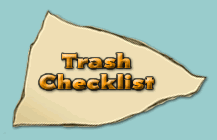
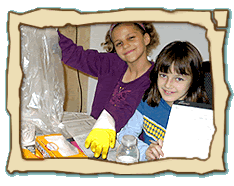
When archaeologists dig, they're looking for clues about life in the past. Most of these clues are found in the simple things people used every day, like pottery, and the broken things they disposed of in their trash.
Ancient trash tells archaeologists a lot about the past. It can tell you things such as how many people lived in a house, what kinds of activities they did, and what they ate.
In the past, people didn't have their trash hauled to the dump every week. Ancient trash pits are often found near houses. Some things thrown into trash pits, like food, were biodegradable and would have decayed and broken down pretty quickly. Fortunately, other things like pottery and stone objects survive.
What does your trash say about you? Take a close look inside your trash can and think about the clues it offers about your life.
What You'll Need
The Materials
- Rubber gloves
- Newspaper or plastic
- Items from one trash can
- Paper and pencil
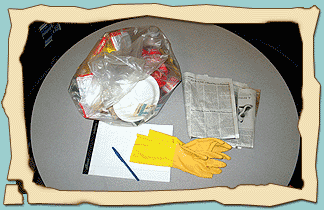
What to Do

Before you begin, make sure it's okay with your parent or teacher if you go through a trash can. Be sure someone goes through the trash with you.

Find a trash can to go through. Be sure it comes from some place you know well, like your house or school. (Choose a room other than a bathroom, like your classroom, your kitchen, or even your own room.)

Find a big flat surface (like a table or floor) on which to spread out the newspaper or plastic before you go through your trash. Even if you do this activity outside, be sure to put down several sheets of newspaper or plastic. (This will protect the surface and make it easier to clean up!)
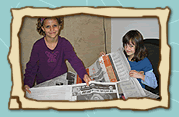

Put on a pair of rubber gloves to protect your hands.
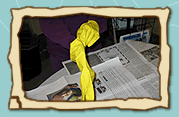

Take objects out of the trash one by one and place them on the newspaper.
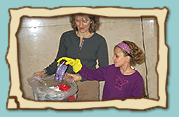
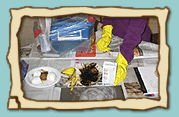
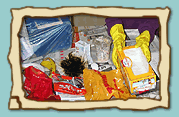

Notice what things are on top or on the surface, what's in the middle, and what's at the bottom of the can. Place the objects that you take out first at the top of your protective surface. Then put the next layer of trash below it, following the order of the trash in the can. The layers of trash can tell you which things are recent and which things have been there longer.
See what was dug up!
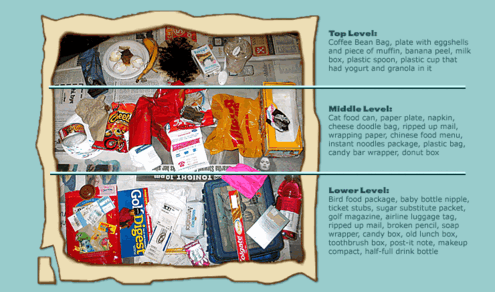

After you separate the layers of trash from the top to the bottom, make a checklist of the items you found and where they were in the can.
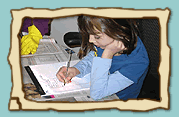

Before you dispose of the trash, answer the questions under Think About It.

After you answer the questions, throw the trash away and wash your hands thoroughly.
Think About It: What Does Your Trash Say?
Now, think about the stuff you found as if you didn't know the family who threw out trash:
Trade Your Trash
Now trade some trash with a friend. (Don't do this without getting permission from everyone's parents first!) Answer the same questions as above. What did the trash belonging to your friend's family tell you about the way they live? How was it like yours? How was it different?
Image Credits:
All photos: courtesy of AMNH




 Biodiversity
Biodiversity
 Brain
Brain
 Genetics
Genetics
 Marine BiOLogy
Marine BiOLogy
 MicrobiOLogy
MicrobiOLogy
 PaleontOLogy
PaleontOLogy
 ZoOLogy
ZoOLogy
 AnthropOLogy
AnthropOLogy
 ArchaeOLogy
ArchaeOLogy
 Astronomy
Astronomy
 Climate Change
Climate Change
 Earth
Earth
 Physics
Physics
 Water
Water

